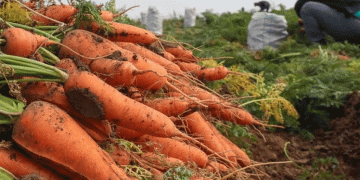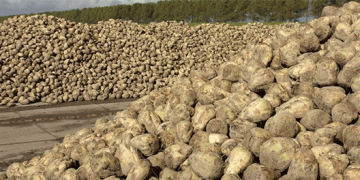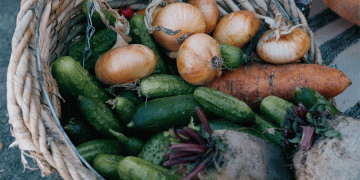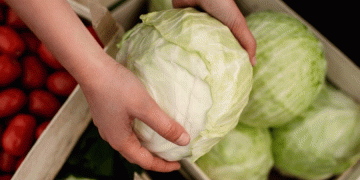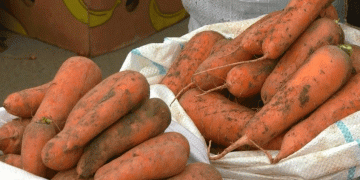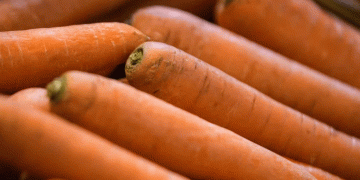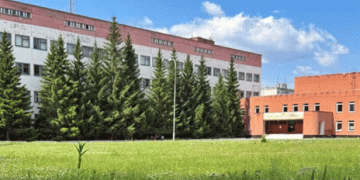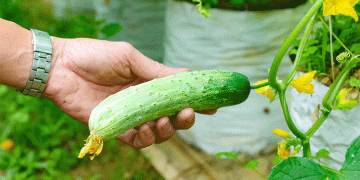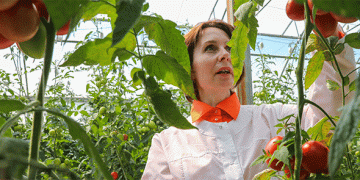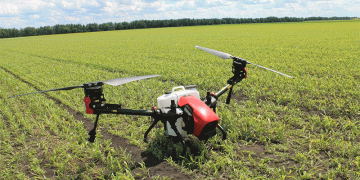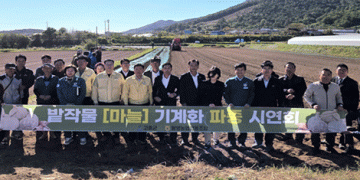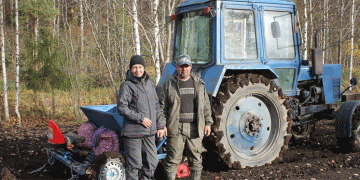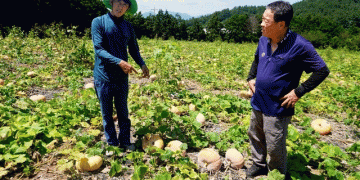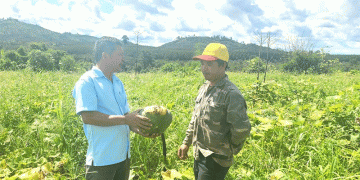Andalusia, Spain’s leading asparagus-producing region, faced a dramatic decline in cultivation area in 2024, dropping from 9,600 hectares (ha) in 2023 to just 7,400 ha—a 23% reduction. This marks the lowest recorded acreage in history, with water scarcity and irrigation restrictions cited as the primary causes (Price and Market Monitoring Report, 2024).
Production Defies Land Decline
Despite the shrinking farmland, asparagus production increased by nearly 5%, reaching 30,700 tons in 2024 compared to 29,400 tons the previous season. This unexpected rise was driven by a 6% yield improvement and the optimization of long-term production systems.
Granada Dominates, but New Regions Emerge
Granada remains the epicenter of Andalusia’s asparagus industry, maintaining 5,000 ha of cultivation—more than any other Spanish province. However, Cádiz and Huelva are emerging as new production zones, thanks to expansion efforts by Granada-based companies aiming to meet market demand.
A European Trend?
Antonio Zamora, President of the Interprofessional Association of Green Asparagus, had warned two years ago that Europe’s asparagus acreage would gradually decline. Andalusia’s crisis confirms this trend, raising concerns about long-term sustainability amid worsening water shortages.
Efficiency vs. Sustainability
While improved yields have temporarily offset land losses, water scarcity remains a critical threat to Andalusia’s asparagus sector. Farmers and policymakers must prioritize sustainable irrigation solutions and drought-resistant varieties to secure future production.















